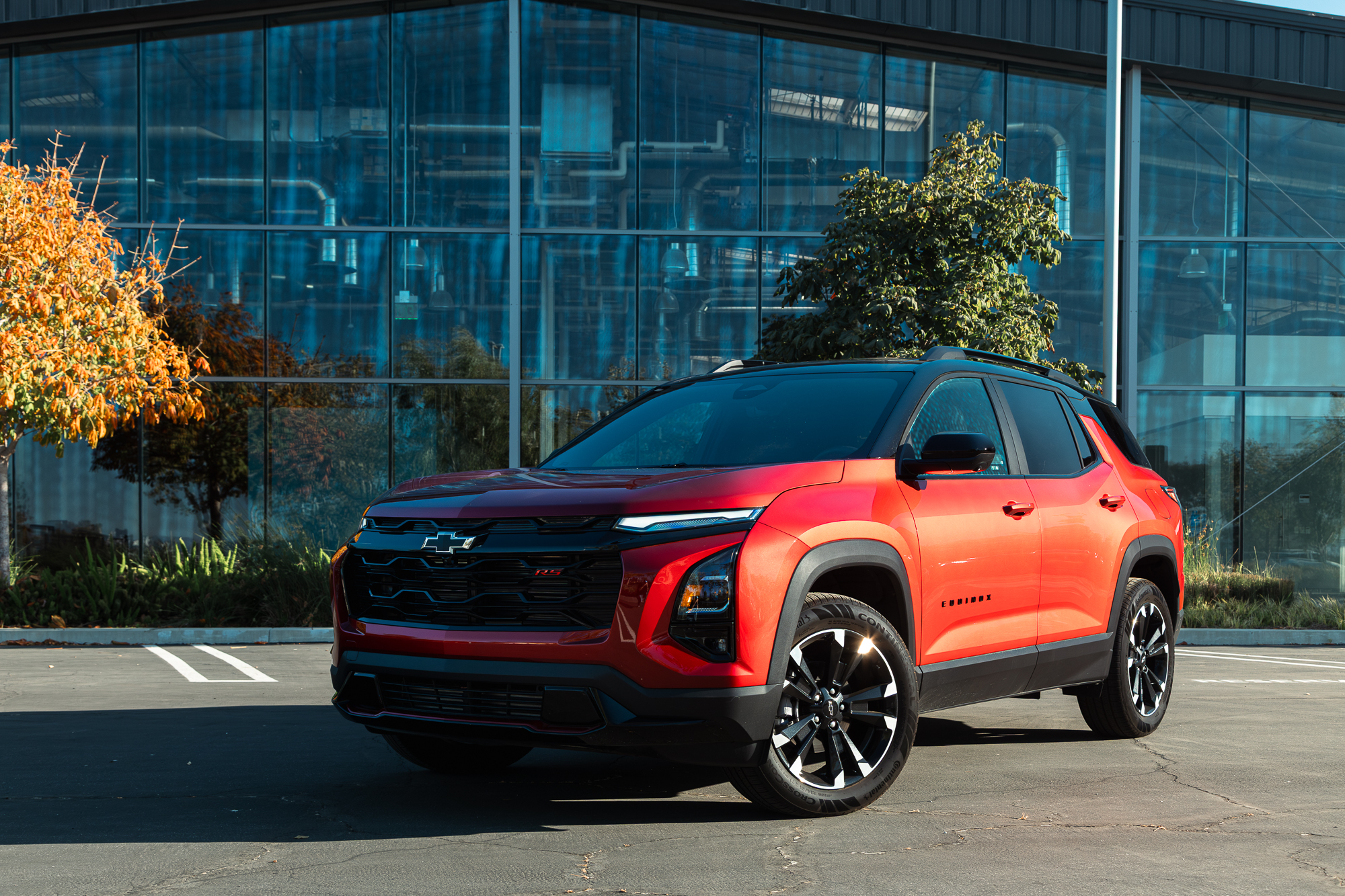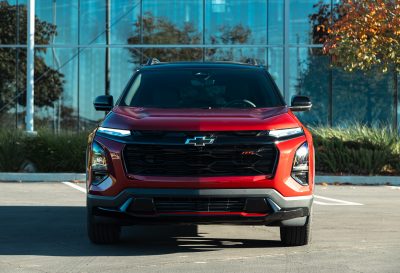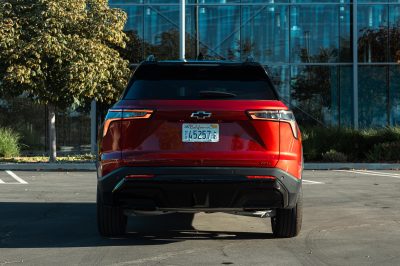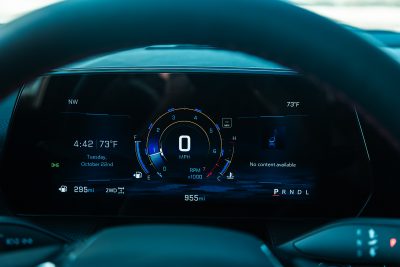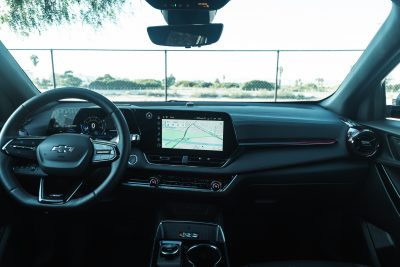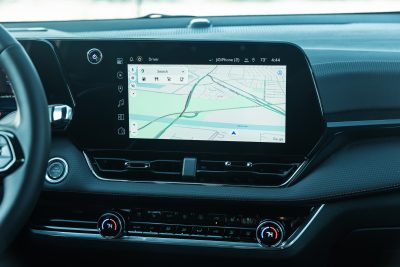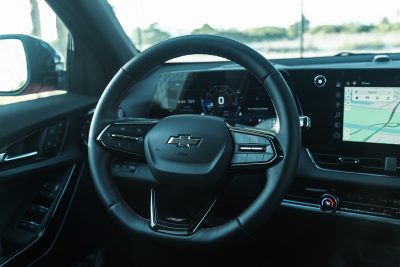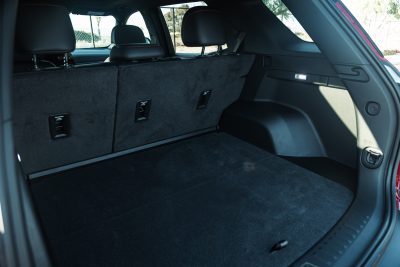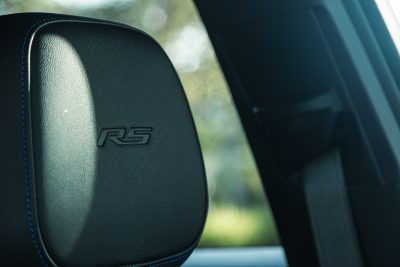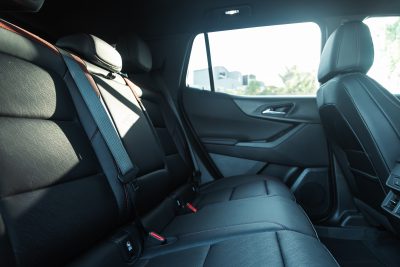With all the press surrounding Chevrolet’s newest, budget-friendly(-ish) Equinox EV, it’s easy to forget about the other Equinox. No, not the Vernal or Autumnal ones—the one that comes with a gas-fueled powertrain. The one you see here: the Chevrolet Equinox RS AWD.
Outside of the name, there are few similarities between this internal combustion Chevy Equinox RS AWD and the Equinox EV. And I have no idea why Chevrolet decided to give these two wildly different, yet similarly sized, vehicles the same name. Feels like a recipe for confusion, but then I’m not paid an outsized salary to serve as a “brand consultant.” Will this shared badge hurt EV sales, or the other way around? Who knows? That’s a problem for GM’s brand consultants to figure out. In the meantime, let’s dive into what this Equinox RS AWD is all about.
A more traditional drivetrain. More traditional style.
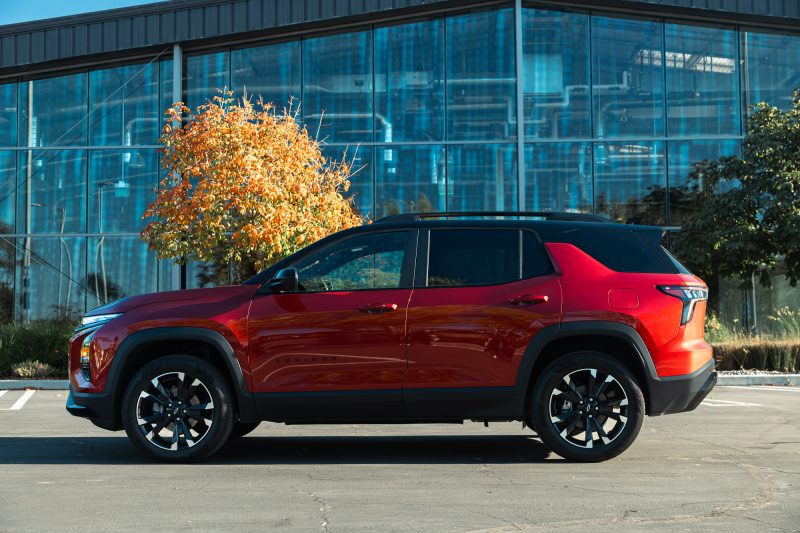
You get a whole bunch of heat when you rely on thousands of tiny explosions to get your vehicle moving. And all that heat needs to be managed so those tiny explosions don’t become one big one. That is to say: unlike the electric Equinox, this gas-powered version gets a big ol’ grille.
This grille comes attached to a vehicle that’s handsome in its own right. Not needing to look like “the future” allows this gas-powered Equinox to visually lean more into its traditional sport utility vehicle roots. It’s a bit taller, a bit chunkier, and that added visual mass sits in all the right places. But in a nod to modernity, there’s a sleekness to its boxy shape. It wears the new Chevy design language well, and it’s a lot more interesting to look at when compared to some of its mid-size crossover competitors. I personally am never a fan of two-tone exteriors with black roofs, and I get that that’s a “me” thing, but I do find myself wishing that, like the Equinox EV, this Chevy was just one color. But giving this gassy Equinox an advantage over its electrified sibling are those rear side windows, which help with outward visibility.
A (relatively) superior interior
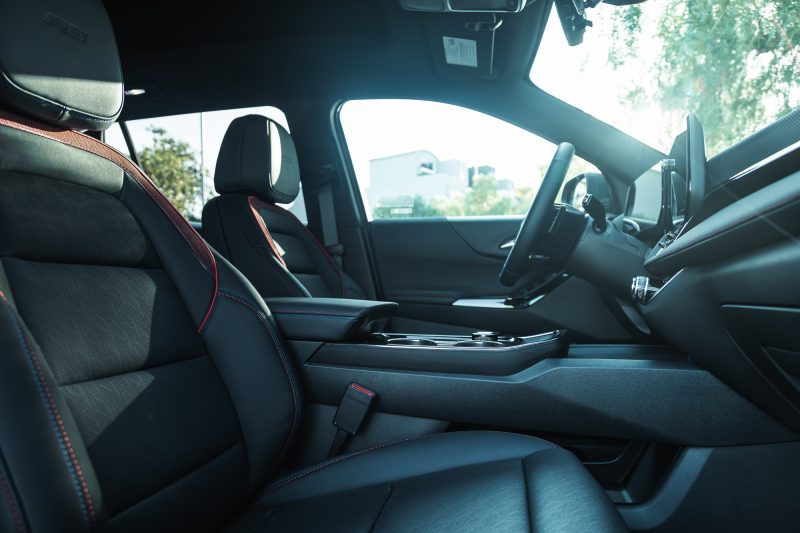
My biggest issues with the electric Equinox were all found in the interior, namely its lack of a proper on/off button and Apple CarPlay. This gas-powered Equinox, however, has both of those things, and that alone makes this the superior vehicle in my book.
I’m either about to praise Chevy or damn Acura, but the controls found in the Equinox are almost identical to what you’d find in the luxury-minded ZDX. So in addition to that 11.3-inch touchscreen infotainment display, you also get a whole lot of nicely crafted physical buttons and dials for the climate controls. And if there’s one in-car feature I love more than Apple CarPlay, it’s an easy-to-use control system that can be navigated by touch alone.
This crossover’s boxier, more upright exterior means that, compared to the EV, there’s more room inside, too. There’s plenty of space front and rear to keep most adults heads and legs feeling comfy. With this being the RS model—you know, the sporty one—this cabin also gets some sport-inspired touches like red accents, red contrast stitching and a flat-bottom steering wheel. The flat front seats take a bit of this sporty feel away, however—I’d love a bit more give and a lot more side support—but they’re fine for a mainstream crossover.
Most people buy CUVs for their ability to hold stuff, and this gas-powered Equinox can hold more stuff than its electric sibling. But its 29.8 cubic feet of cargo space behind the rear seat is still less than what you’d find in something like the Toyota RAV4.
1.5 liters of turbocharged fury
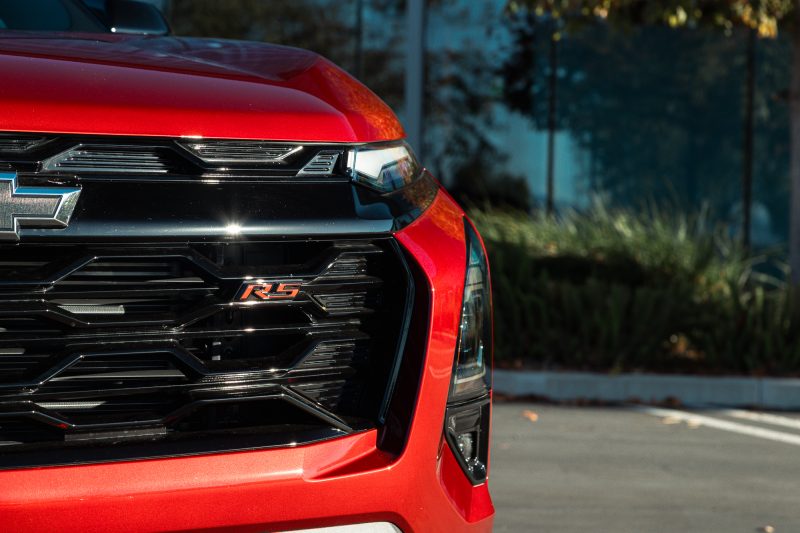
Okay so there’s not a whole lot that’s furious—or fast—about this sportiest of Equinox crossovers, but it’s got a powertrain that’s respectable for the segment. All gas-powered Equinox models feature a 1.5-liter turbocharged inline four rated at 175 horsepower and 203 lb-ft of torque. FWD models get this power to the ground via a CVT, while AWD models—like this one—get a proper automatic transmission with 8 forward gears.
Drive it like a normal vehicle and you’ll find it’s got enough power to handle freeway onramps and high-speed passing duties, but it won’ t thrill you in the process. Similar story with the turning and braking—it can do both jobs with little complaint, but it also won’t make you feel like a hero should you use one to attack your local canyon. With this specific RS being an AWD model, it’s also got a driver-selectable off-road mode, but I doubt it’ll impress on the dirt with its 19-inch wheels shod in street tires. But again, drive it like a normal vehicle and it’ll handle those daily driving duties with the ease and comfort you want.
Final Thoughts
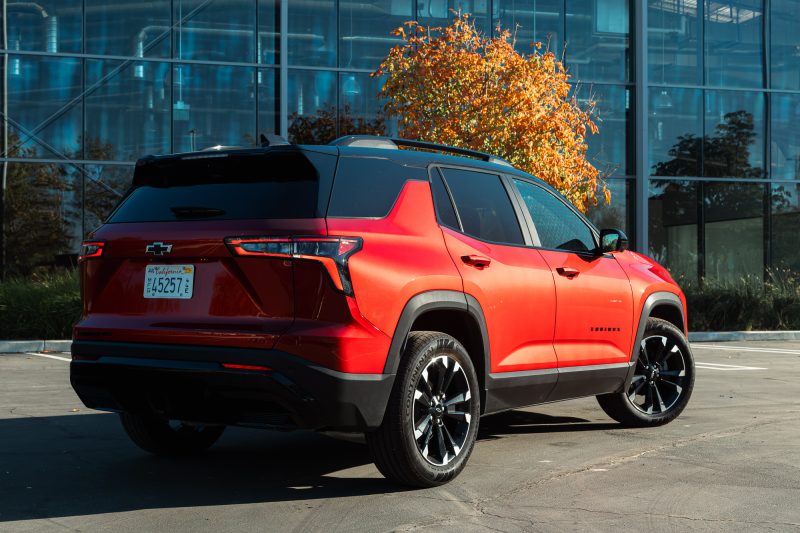
There’s a lot I like about the Chevrolet Blazer RS AWD, and thanks to features like real buttons and Apple CarPlay, I almost like it more than its more sophisticated Blazer EV sibling. I was about to conclude things with some kind of statement saying “just get the gas one” and call it a day. But a quick look at its window sticker gave me second thoughts.
As tested, this Blazer RS AWD rings in at $39,015. That includes about $4000 in options that include a tech and safety package and a convenience package that adds heated and power-adjustable seats. While well-appointed otherwise, I’m finding that those extra-cost features—especially the parking-assist ones that help you see around blind spots—make these newer vehicles much easier to live with.
And a lot of these features that carry an extra cost in the gas-powered Equinox come standard on the electric-powered one. And at the time of this writing, that electric Equinox still comes with a $7500 tax credit, giving it an out-the-door price of about $34k. Both the gas and electric versions of the Equinox are worthy of your consideration, but for me, it’s hard to pick a clear winner. What Chevy needs—and what I want—is an Equinox EV with the interior (buttons! an on/off switch! CarPlay!) of this gas-powered version.
Justin Kaehler has been covering all things automotive for 20 years, and has been an active part of the car scene for much longer than that. Though he’s grown to love all cars, he’s still particularly fond of the ’80s and ’90s Japanese metal he grew up on. And for those of you who grew up playing The Fast and Furious: Tokyo Drift game for the PS2 and PSP, yes, he’s also that JDM Justin.

